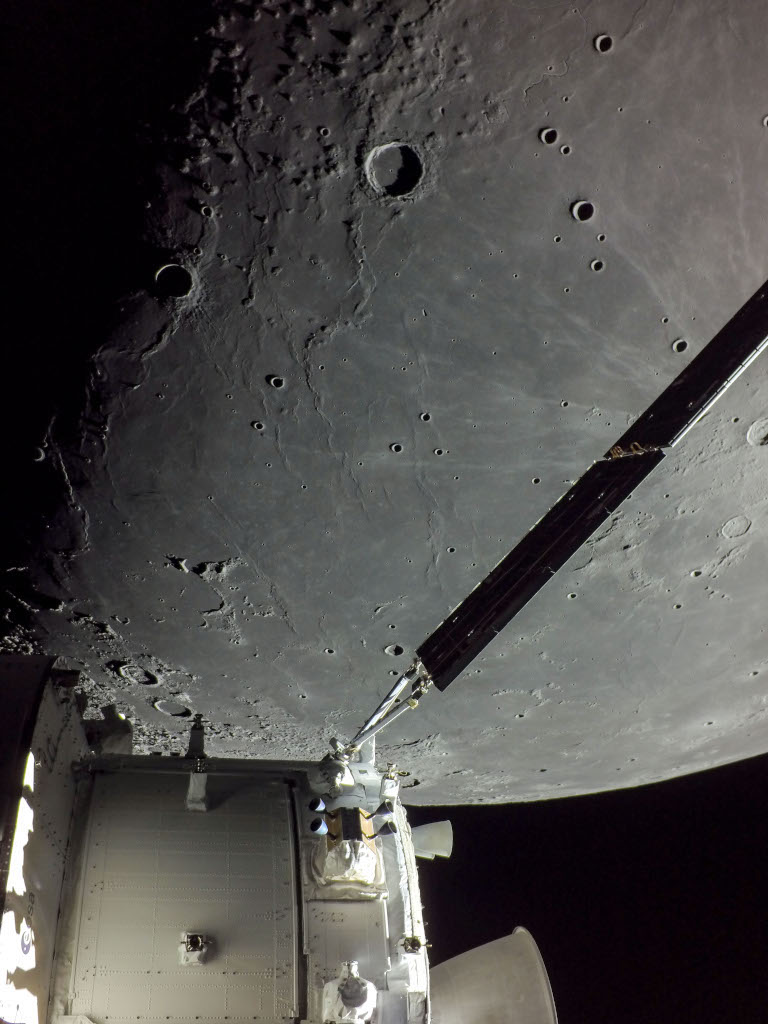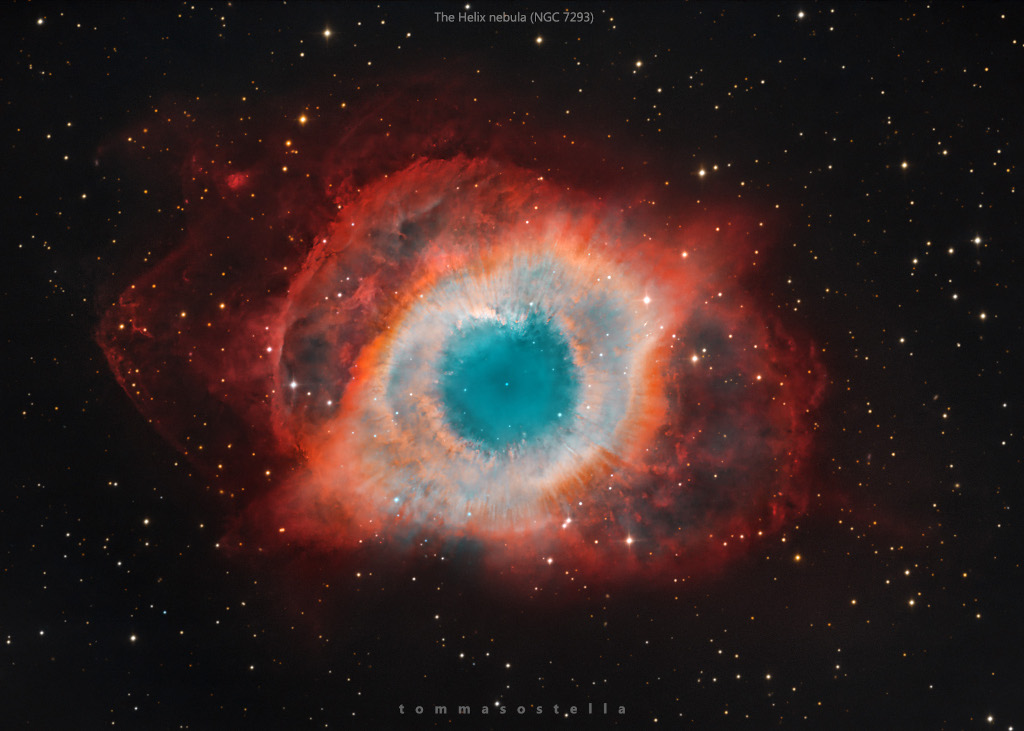NASA has selected Chenega Global Protection, LLC. of Chantilly, Virginia, to receive the NASA Protective Services – Eastern Region contract. The
from NASA https://ift.tt/JezIZWT
via IFTTT
NASA has selected Chenega Global Protection, LLC. of Chantilly, Virginia, to receive the NASA Protective Services – Eastern Region contract. The
from NASA https://ift.tt/JezIZWT
via IFTTT
NASA has awarded a task order to Collins Aerospace to deliver a spacewalking system for potential use outside the International Space Station.
from NASA https://ift.tt/TQyKj2U
via IFTTT


NASA has awarded a contract to Air Products and Chemicals, Inc. of Allentown, Pennsylvania, to supply up to 7.5 million pounds of liquid hydrogen to support operations at the agency’s Kennedy Space Center in Florida and the nearby Cape Canaveral Space Force Station.
from NASA https://ift.tt/7QisKb9
via IFTTT
NASA has selected A-P-T Research, Inc. of Huntsville, Alabama, to provide safety and mission assurance support services at the agency’s Kennedy Space Center in Florida.
from NASA https://ift.tt/2LZCBHN
via IFTTT

NASA will provide coverage of the upcoming prelaunch and launch activities for the international Surface Water and Ocean Topography (SWOT) mission.
from NASA https://ift.tt/1WRL2tT
via IFTTT

NASA Administrator Bill Nelson will discuss the agency’s climate portfolio at 11 a.m. EST on Thursday, Dec. 8 from NASA Headquarters in Washington.
from NASA https://ift.tt/JU8C9tj
via IFTTT